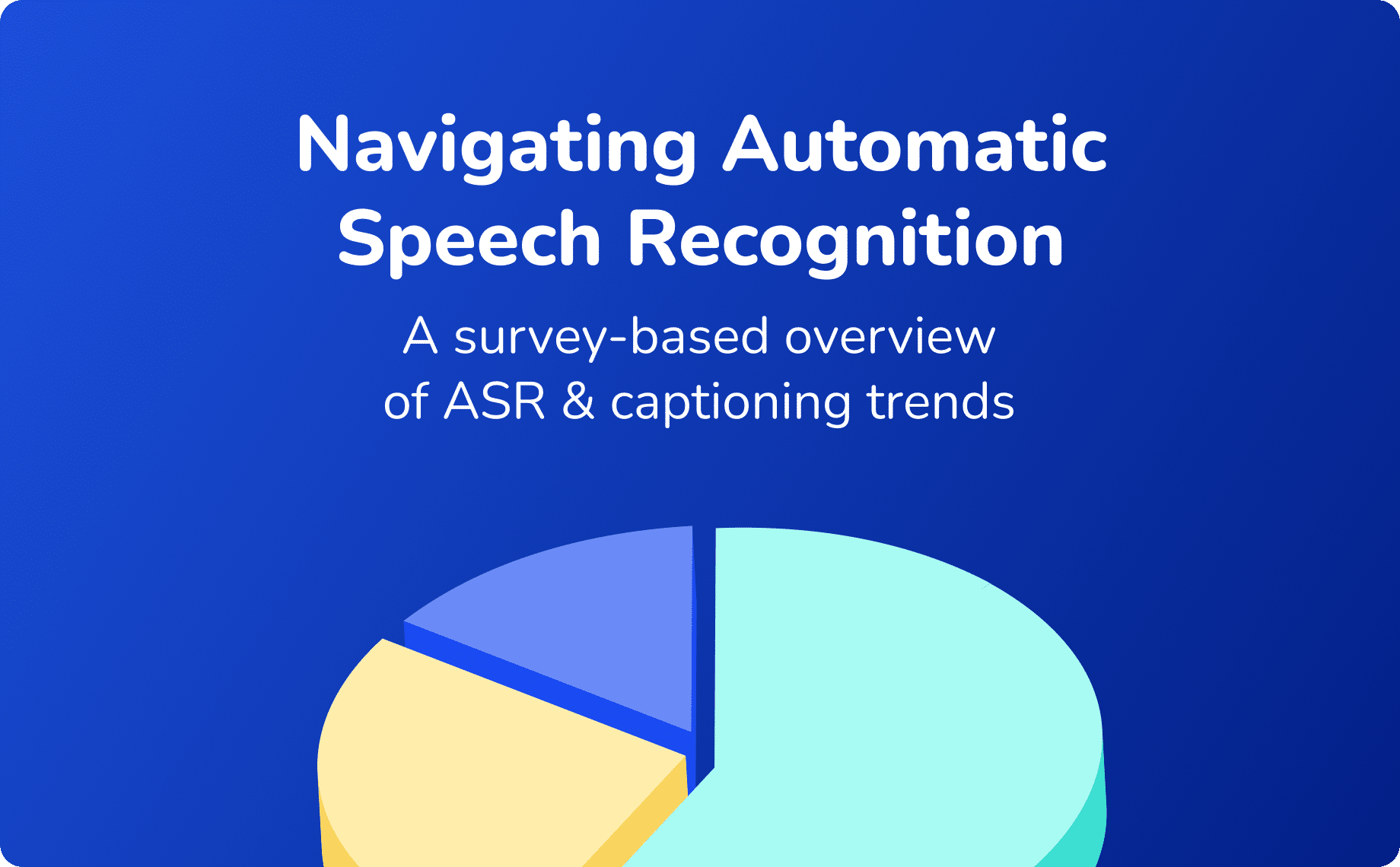As many as 60% of young people are reporting that they’re in mental distress. As a result, mental health concerns are dominating the back-to-school dialogue for universities worldwide. As students flock back to campus, the higher education community must look for ways to continue to respond effectively to the growing mental health crisis of today’s students.
Addressing mental health on campuses is a constant process. It involves creating new and more robust support systems for students so that their learning can continue even as they experience depression, anxiety or other mental health issues. Fortunately, universities are still finding that the tools they developed during COVID – where mental health issues were at their peak – and the expansion of existing support systems can help create a more positive, flexible learning environment.
The scope of the issue
Spencer Kirschner, a Senior Customer Success Manager who serves on Verbit’s education team works closely with colleges across the US. Kirschner said the issue that’s “most relevant now is students’ mental health.” For example, officials at one school he works with expressed that “the number of students reporting mental health issues was absolutely staggering.” One in three of all reports included mental concerns he said. Those numbers are actually lower than the national statistics.
While the pandemic added to the prevalence of mental health issues, long-term studies show it was just one factor contributing to an already rising number of students facing mental health challenges.
One study tracked the number of students experiencing at least one mental health problem over an eight-year period. The results indicate that more than twice as many students reported such problems in 2021 as in 2013. Although the isolation and stress that many students experienced during lockdowns might have exacerbated the issue, it’s clear that universities can’t attribute the entire problem to that one event.
It’s also worth noting that while the rise in mental health issues isn’t limited to college students, it’s more pronounced in this population. For instance, 59% of US college students report elevated stress and anxiety. Among the adult population, the numbers are lower at 32% and 31%, respectively. Also, the onset of mental health issues at the university level can impact a student’s academic performance and lead to long-term consequences.

Mental health and education
In the most severe cases, mental health issues can be life-threatening for college students. However, even in cases that don’t include such dire risks, mental health impacts education, learning and college experiences. A Fortune survey found that nearly 60% of students feel that their mental health has a negative impact on their grades. Colleges are also reporting declines in student retention as many individuals with mental health challenges choose to leave university. Oftentimes, this is because they aren’t getting the support they need.
Certainly, the student mental health crisis is a significant problem that will take years to fix. Fortunately, some shifts in higher education could lead to better systems and responses to mental distress among students.
Removing stigmas and barriers
The pandemic caused schools to pay more attention to mental health issues. Verbit’s Adam Dark explained, “we are beginning to see more and more institutions consider special accommodations for mental health more seriously, such as more time to complete assignments or take exams. Though this was around pre-pandemic, it certainly has more of a focus as we shift to a post-pandemic landscape.”
Another major breakthrough is the willingness many students and educators feel to open up about mental health. As Verbit Customer Success Manager Bethany Stoltz stated, “it’s at a point where I think more people are okay talking about it and realizing it can impact the learning environment. When it impacts students and their environment… that’s always a threat to their success in the future.”
Stoltz went on to explain that “now, it’s not taboo to talk about mental health. It’s actually something where people are so ready to help and assist students.” Some of this new willingness is appearing in the wake of the pandemic as educators acknowledge the severe struggles that students have faced over the last few years. However, those struggles also led to new tools that universities now have at their disposal.

Necessity breeds innovation
Innovation is a silver lining related to the rapid shift to remote learning. According to Stoltz, “COVID forced so many media departments to create a remote infrastructure for supporting getting videos captioned and things while people were working remotely. So now, we have this virtual infrastructure we can maintain so that all students can benefit from the infrastructure and technology, such as captioning or translation, for example.”
Leaning on technology to combat the mental health crisis
One natural and necessary step higher education institutions are taking is to ensure better access to mental healthcare. Although there’s no substitute for professionals like therapists and counselors, technology is helping students connect with their universities’ services. For instance, chat apps can make it faster, easier and more discreet to reach out and ask for help. While getting students the services they need is critical, mental health support must also account for academic needs.
Stoltz mentioned that captioning and transcription once served as support systems primarily for students who are Deaf or hard of hearing. Today these tools are proving helpful in addressing mental health challenges and supporting students who are neurodiverse. For instance, captions are a valuable resource for students who have ADHD. Transcriptions are a great tool for students to reference if they’re working through depression or anxiety that’s hindering their ability to perform in their courses.
Dark reported that schools are also finding new uses for note-taking accommodations. Rather than providing note-taking in response to a request, they’re finding that it’s a powerful “learning tool for all students.”
Thankfully, technology is making it easier than ever to scale this solution so that it’s available to any student who might need it. Instead of relying on one student to provide notes, universities are now “incorporating services such as Verbit to compile the notes.”
Stoltz pointed out that “technology comes into play because it’s very hard to train a student who is also in that class to take notes for a student who potentially has a completely different learning style. That is where note-taking becomes a powerful tool.”

Moving beyond accommodations
Many universities are looking at ways to respond to mental health challenges with accommodations. This approach is necessary, but it’s just one of the changes institutions must consider when combatting the rising number of students needing mental health support. Fortunately, educators are pushing for more significant shifts.
“It’s going to be really neat to see where education continues to evolve now that we’re thinking about student populations holistically and not just as accommodations or things that we have to do for compliance or regulatory purposes,” said Stoltz.
Luckily, many of the changes are matters of scale rather than entirely new approaches. Stoltz explained, “Everything that we do for accommodation-specific learning needs works for other students or learners as well.”
While getting students the mental healthcare they need should be the top priority, universities must also look at ways to continue their core mission to educate students and prepare them for their careers. Accessibility solutions can help facilitate better learning and provide support for students who are experiencing mental distress.
Verbit is an essential partner for universities working to build more inclusive campuses. Contact Verbit to learn how our captioning, transcription, audio description and other accessibility solutions can help your institution and students.




